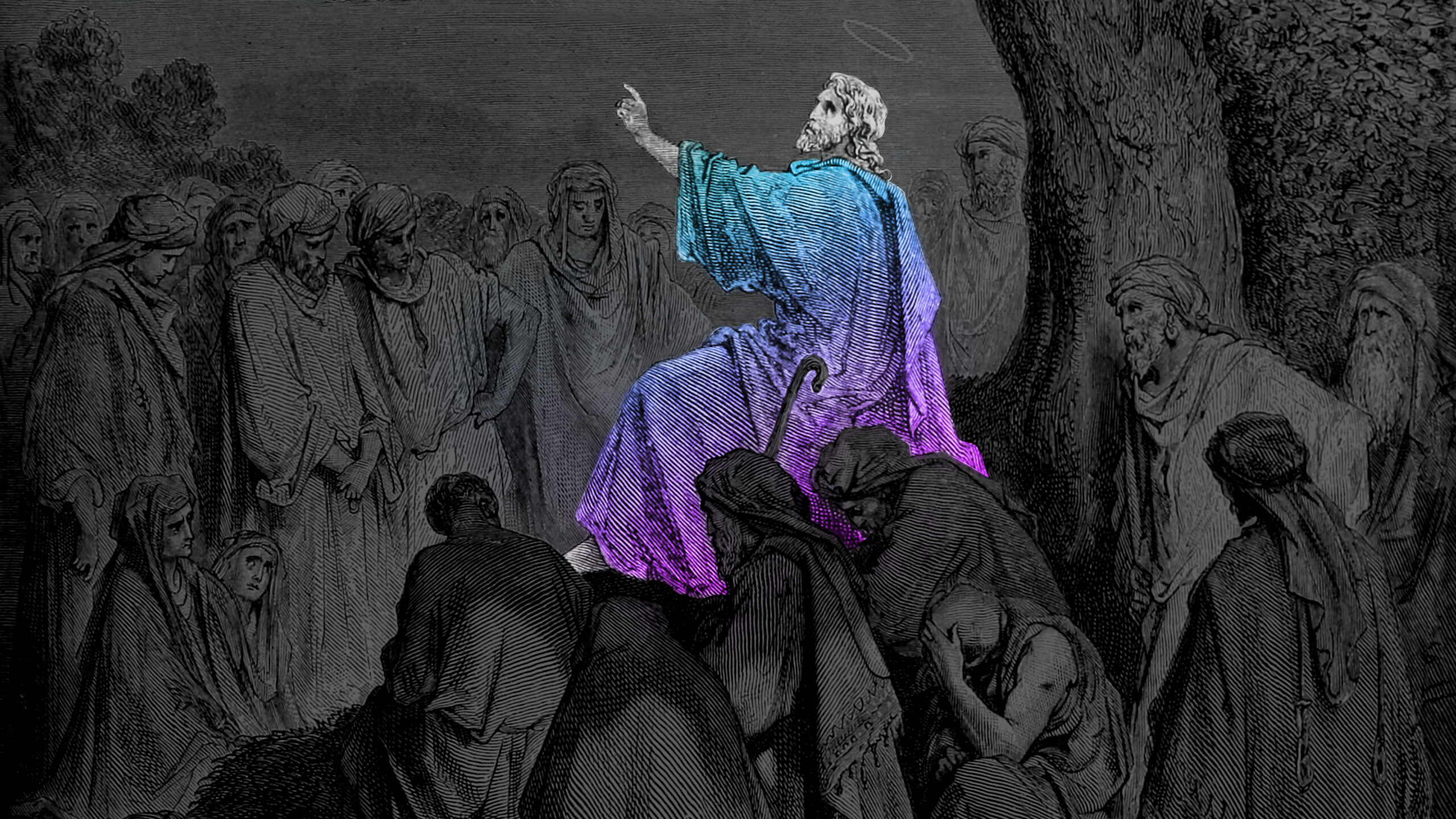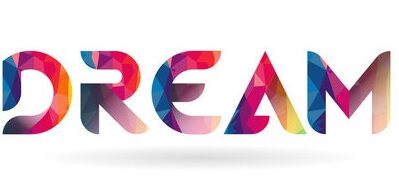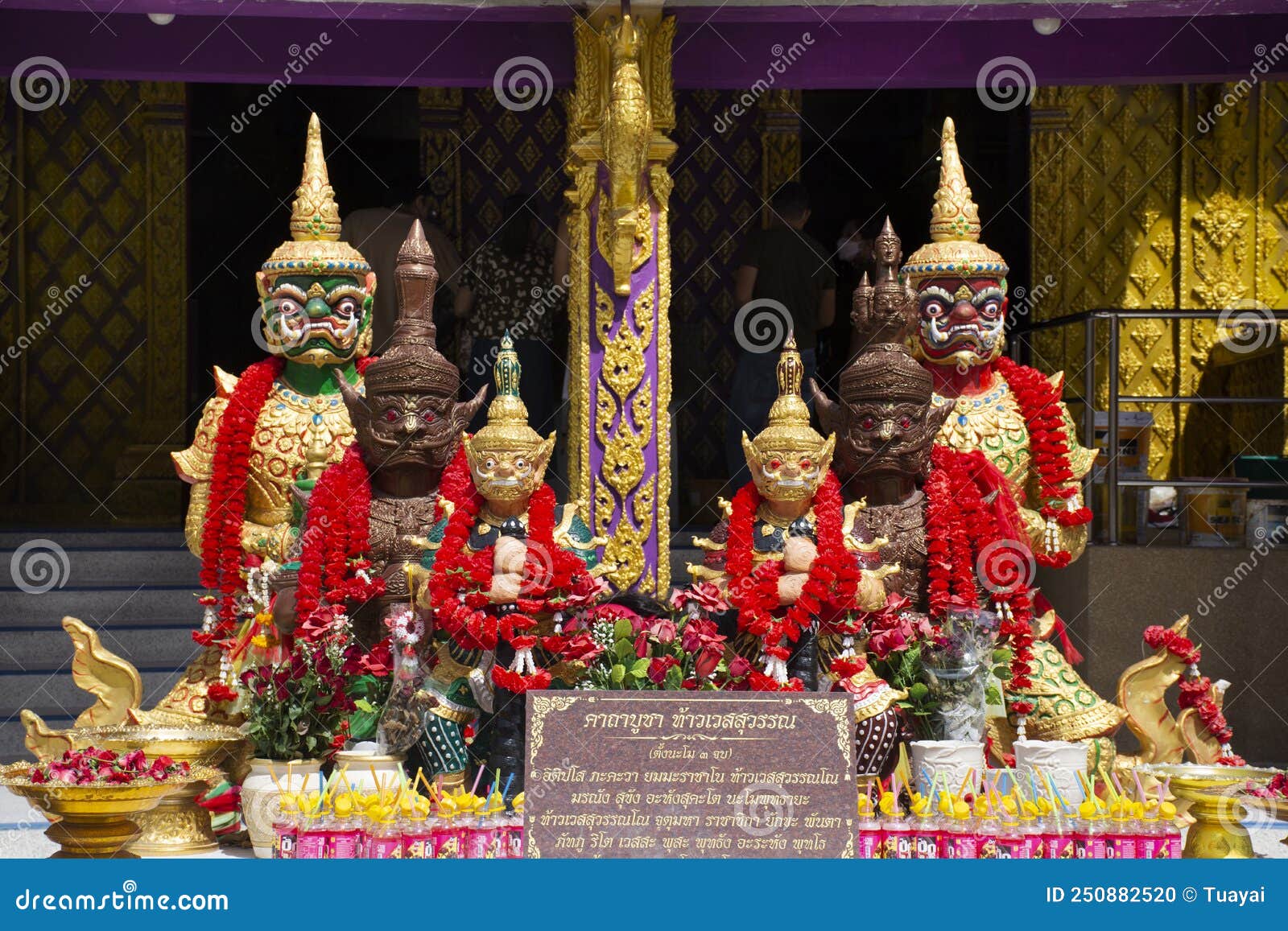Dreams have held profound significance in religious and spiritual contexts throughout human history. Across various traditions and cultures, dreams have been perceived as a channel for divine communication, prophetic visions, and transformative experiences. In this article, we will delve into the world of religious dreaming, exploring its historical roots, neurological and psychological aspects, dream incubation practices, dream interpretation, and notable dreamers who have shaped religious beliefs. Join us on this journey as we uncover the mysteries and revelations concealed within the realm of religious dreams.
The Historical and Cultural Perspectives on Religious Dreaming
From the dawn of civilization, dreams have been revered as a means of communication with the divine. In ancient Egypt, dreams were seen as messages from the gods and the deceased, guiding the living through various life challenges. Mesopotamians similarly believed in dream divination, seeking guidance from dreams for important decisions. The ancient Greeks considered dreams as direct communications from gods, often visiting the dreamers to reveal their will.

Early religious texts such as the Hebrew Bible and Quran also abound with accounts of dreams and their interpretations. Joseph’s dreams in the Bible, conveying the fate of his family, are an iconic example of dreams as vehicles of prophecy. In Islam, the Prophet Muhammad received divine revelations through dreams, emphasizing the importance of dreams in understanding Allah’s will.
Shamanic traditions across the world have regarded dreams as sacred connections to the spirit realm. Shamans use dream revelations to heal, communicate with spirits, and gain insights into the community’s well-being. Indigenous and tribal religions have also integrated dreams into their practices, often using dream incubation rituals to seek guidance or healing.
Neuroscience of Religious Dreaming
While religious dreaming has profound spiritual implications, its scientific underpinnings are equally fascinating. Neuroscientists have explored the brain’s activity during dreaming and its potential link to spirituality. Studies have shown increased activity in the limbic system and prefrontal cortex during REM sleep, suggesting a correlation between brain regions associated with emotions and self-awareness during dream experiences.
Neurotransmitters like serotonin and dopamine play a role in shaping dream content and emotional experiences within dreams. Hormones like melatonin influence the sleep-wake cycle, impacting the frequency and vividness of dreams during different stages of sleep. Meditation, prayer, and religious rituals have been found to affect brain activity and may influence dream patterns, leading to religious-themed dreams.
Some neurological disorders have also been associated with religious-themed dreams. For instance, patients with temporal lobe epilepsy have reported vivid and intense religious visions during seizures, raising questions about the intersection between neuroscience and spirituality.
Psychological Analysis of Religious Dreams
Psychologists have long been intrigued by the symbolic nature of dreams, and religious dreams are no exception. Sigmund Freud, the father of psychoanalysis, proposed that dreams are the “royal road to the unconscious,” reflecting hidden desires and conflicts. Freud’s interpretation of religious dreams centered around suppressed wishes and the fulfillment of unconscious desires through religious symbols.
Carl Jung, a student of Freud, introduced the concept of archetypes and the collective unconscious. Jung viewed religious dreams as manifestations of universal symbols and themes shared by humanity. Archetypal figures such as the divine mother, wise old man, and hero can be found in religious dreams across different cultures, suggesting a collective spiritual heritage.
Modern psychological perspectives on religious dreams encompass a broad spectrum of theories, including cognitive, humanistic, and transpersonal approaches. These perspectives explore the relationship between personal beliefs, cultural influences, and religious dream content.
Dream Incubation: Practices and Rituals
In many ancient cultures, dream incubation was a practice that sought divine guidance or healing through dreams. Temples and sacred places were designated for dream incubation, and individuals would fast, purify themselves, and engage in prayer before sleeping in these sacred spaces. Rituals such as chanting, drumming, and meditation were employed to induce religious dreams.
Egyptian dream temples, known as “sleep temples,” were particularly renowned for their dream incubation practices. Seekers would sleep within these temples, hoping for dreams that offered solutions to their problems or revealed the interventions of the gods.
Throughout history, dream incubation was not confined to specific regions or religions. From ancient Greece to indigenous tribes in North America, various cultures embraced dream incubation as a powerful means of spiritual communion.
Interpreting Religious Dreams
Interpreting religious dreams has been a vital aspect of religious traditions across the globe. Religious leaders, priests, or specialized dream interpreters have been consulted to unravel the hidden meanings and divine messages within dreams.
Common symbols and themes in religious dreams often involve encounters with celestial beings, religious figures, or experiencing sacred rituals. Dreams may contain profound insights, guiding individuals in matters of faith, morality, and personal growth.
However, discerning between ordinary dreams and true divine revelations can be a complex task. Ethical considerations are essential in sharing and interpreting religious dreams to avoid potential misunderstandings and misinterpretations.
Case Studies: Notable Religious Dreamers
The annals of history are replete with accounts of revered figures who claimed to have received divine messages through dreams. In Christianity, the Apostle Paul received revelations through dreams that played a pivotal role in shaping early Christian doctrine. Similarly, the Prophet Muhammad’s visions in Islam became the foundation for the Islamic faith.
Historical figures such as Joan of Arc, who experienced visions guiding her during the Hundred Years’ War, and Joseph Smith, who founded the Latter-day Saint movement after a series of visionary dreams, are testaments to the profound influence of religious dreaming on world events.
Modern-day individuals have also reported transformative experiences with religious dreams, leading them to spiritual awakenings and a deeper understanding of their faith.
Beyond Borders: Cross-Cultural Comparison
While religious dreaming experiences are deeply rooted in specific cultures and traditions, certain similarities emerge when examining diverse religious practices worldwide. Shared dream symbols and motifs often transcend cultural boundaries, suggesting the possibility of a universal spiritual language communicated through dreams.
The globalization of information and communication has contributed to the exchange of religious ideas and practices. This has led to the cross-pollination of dream-related rituals and beliefs, influencing the religious dreaming practices of modern societies.
Skepticism and Criticism
As with any extraordinary claim, religious dreaming has its share of skeptics. Scientific skepticism approaches religious dream interpretations with a critical lens, questioning the veracity of supernatural explanations and proposing more mundane explanations rooted in psychology and neurobiology.
Religious skeptics often view dream-based spiritual revelations as products of wish fulfillment, cultural conditioning, or subconscious influences. Debunking false claims and exploitations related to religious dreaming is essential to maintain the integrity of spiritual experiences.
The Evolution of Religious Dreaming in the Modern World
In the modern world, the impact of technology and changing lifestyles has inevitably influenced religious dreaming practices. With the digital age, dreamers can now share their experiences globally, facilitating the exchange of spiritual insights and interpretations.
Contemporary societies witness evolving trends in religious dreaming practices, with new generations redefining the significance and interpretation of their dreams. Despite these changes, the relevance of religious dreaming remains a profound aspect of the human experience.
Conclusion
The exploration of religious dreaming takes us on a fascinating journey through history, spirituality, neuroscience, and psychology. From ancient civilizations to contemporary societies, dreams have been a bridge between mortals and the divine, offering profound insights and revelations.
While the mysteries of religious dreaming continue to intclick for more inforigue and captivate us, what remains undeniably true is the enduring human quest for spiritual connection and meaning through the realm of dreams.

Greetings, dear dreamers and seekers of emotional and spiritual healing. I am Aria Blake, a passionate and dedicated professional psychologist…More

